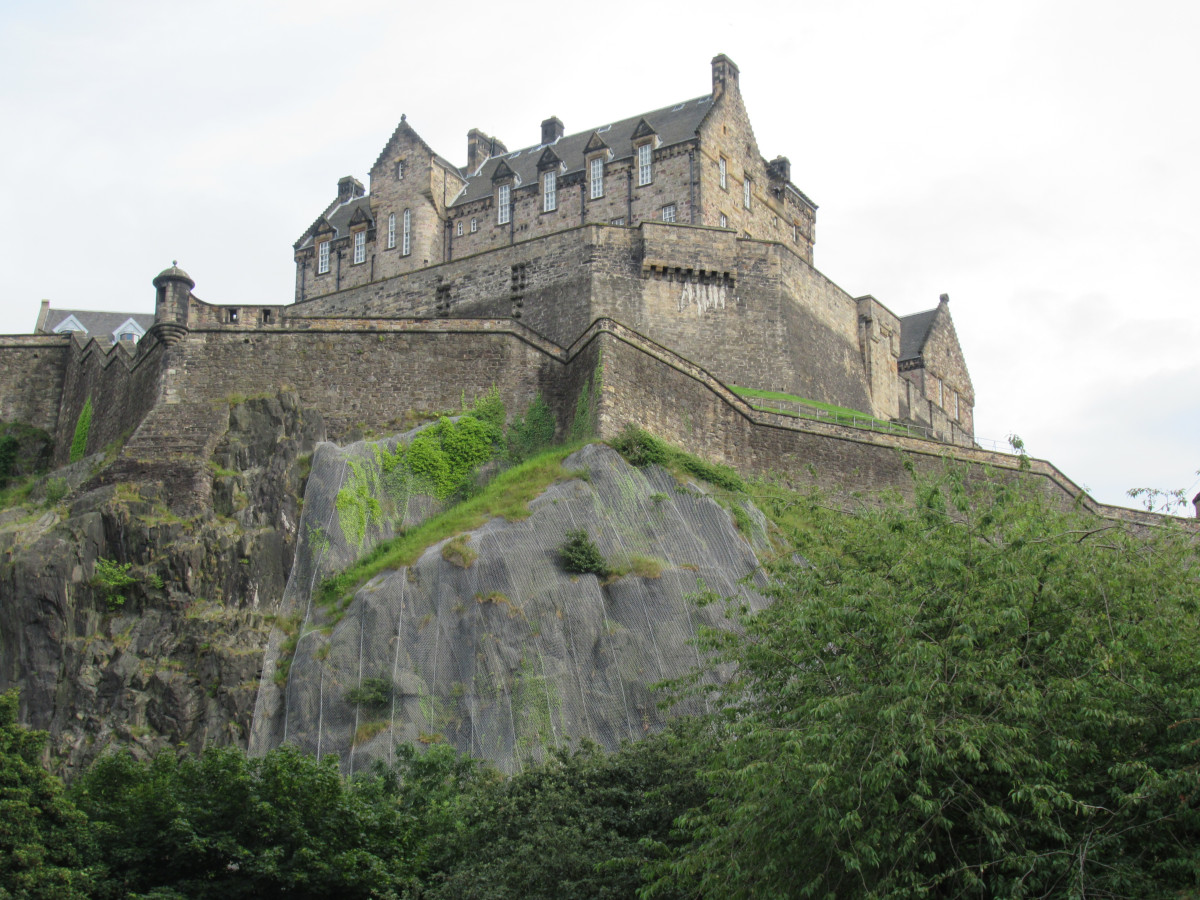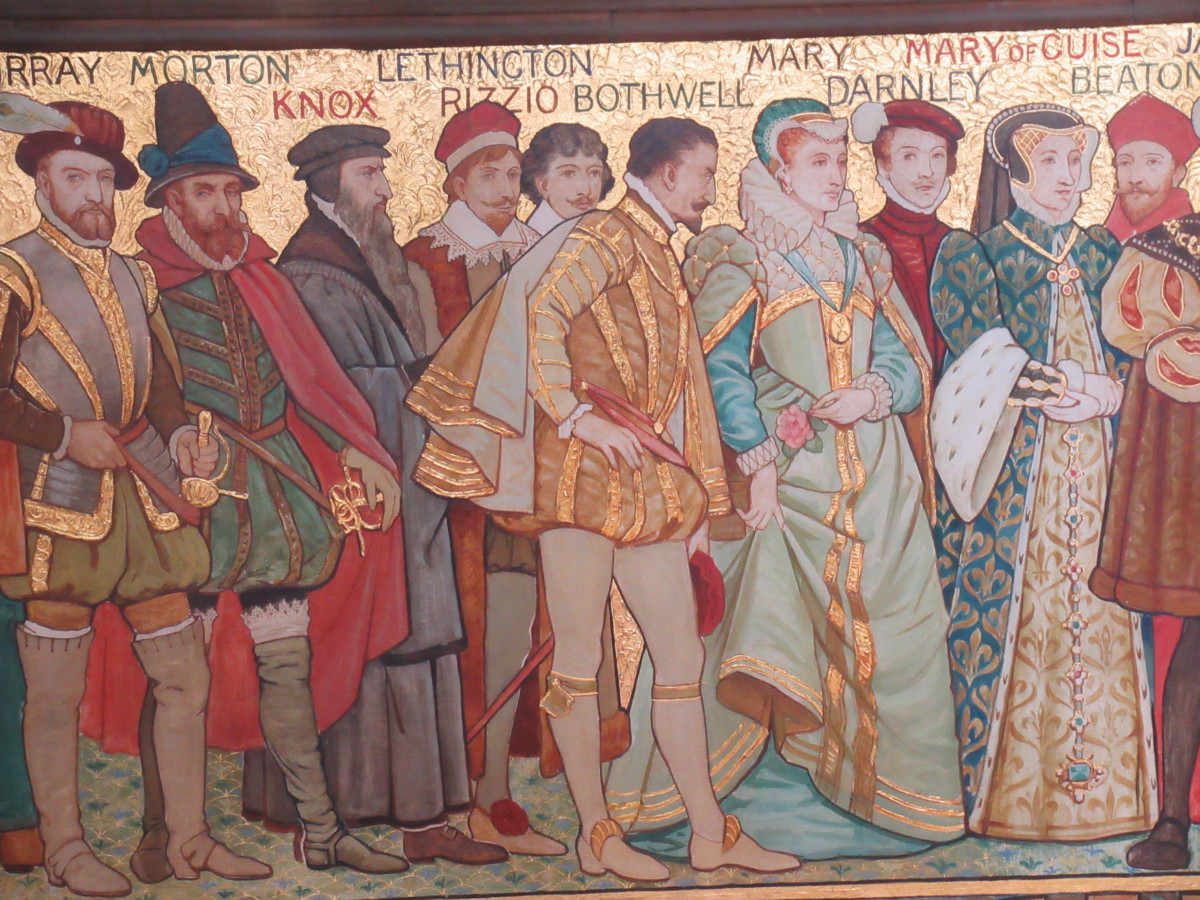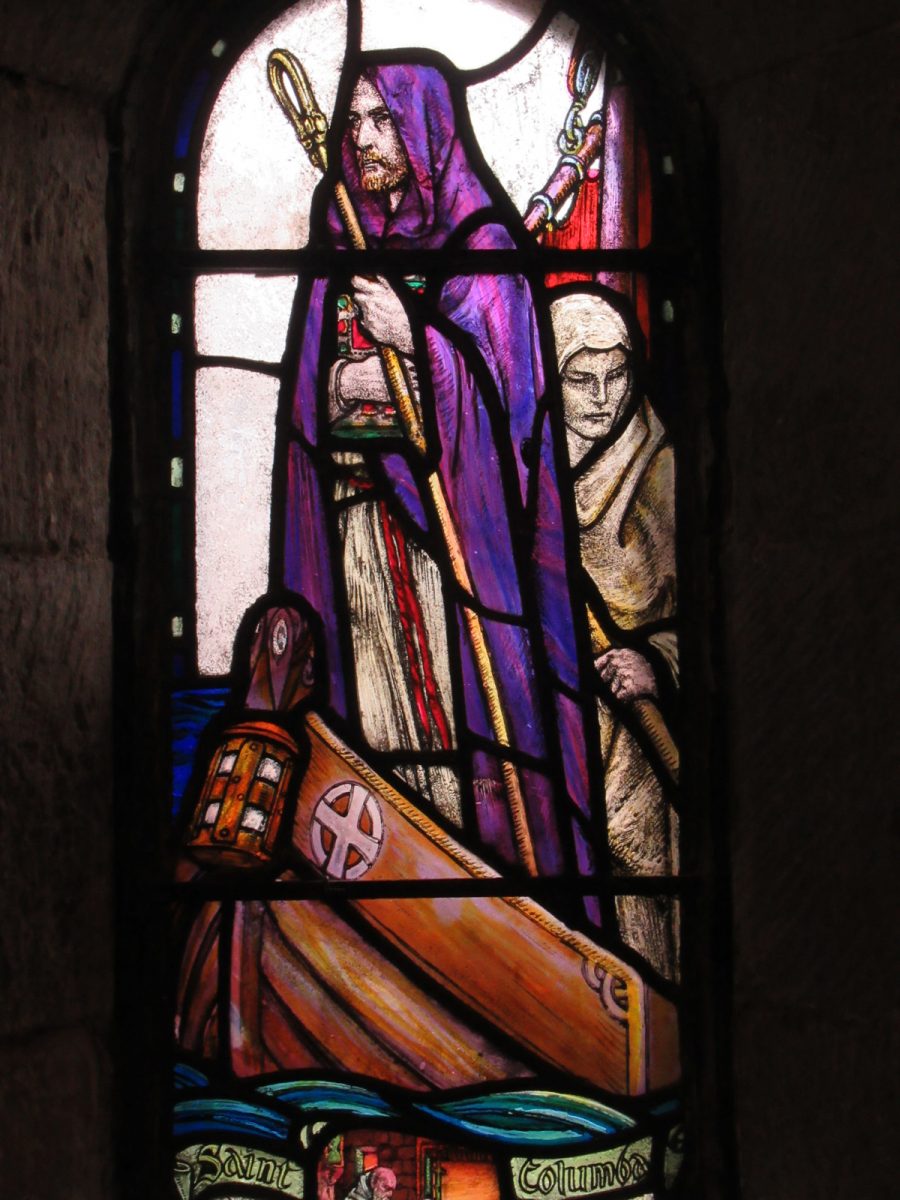Last Updated on May 16, 2023 by Ctybr67k
If you want to capture the Scottish capital in one image, it has to be a picture of Edinburgh Castle. It’s the city’s star attraction, looming over both the Old Town and the New Town from the top of the Royal Mile. This post tells a few of the fascinating stories from its history – of plots and murder, capture and recapture – and points out the highlights you should certainly look out for on a visit.
capture and recapture



When John Taylor, who had walked all over Europe in the 17th century, first saw Edinburgh Castle he immediately understood how well this fortress, ‘high on a loftie rocke’, as he put it, would defend the city from attackers. ‘The foundation and walls are impenetrable, the ramparts impregnable, the bulwarkes invincible’, he wrote. And while that’s broadly true, there are a number of stories of people who did manage to break into it. Edward III, furious that Scots had allied with France against him, captured the castle by brute force in 1296, and in 1314 Sir Thomas Randolph, nephew of Robert the Bruce, devised a cunning plan to take it back.
One of Randolph’s men had worked at the castle and, eager to slip out unseen at night to visit his mistress, had become adept at scaling the walls silently and unobserved. Led by him, 30 men managed to creep up in the dead of night, overpower the men on watch and then kill the rest of the (mainly sleeping) soldiers inside the castle. In 1341, when the castle was back in English hands (there’s much more on this on the podcast), Sir William Douglas recaptured it by disguising 200 men as sailors and merchants delivering provisions to the castle. Yes, they were allowed in and no, it didn’t go well for the castle’s occupants. Another testament to brains over brawn.
more turbulent history
Aside from feuds with the English, there was plenty of inter-clan strife too, as the story of the Black Dinner of 1440 illustrates. Those protecting the ten-year old King James II, feared the Douglas clan as powerful rivals. So, they invited the Earl of Douglas, aged 16, and his younger brother, to dinner at the castle, with, as a historian of the time put it, ‘treacherous intention.’ The boys were wined, dined and then murdered in a gruesome scene which horrified most of Edinburgh. A rhyme was written, calling for the wrath of God to strike those responsible: ‘Edinburgh Castle, Towne and Tower, God grant thou sinke for sinne, And that even for the black dinner, Earle Douglas got therein’
royal connections in crown square



The Great Hall, along one side of Crown Square at the heart of the castle, was built by James IV. The carved rose and thistle decorations on the ceiling were designed to celebrate his marriage to Margaret Tudor, but hopes of unity between England and Scotland ended ten years later when James was killed fighting the English at the Battle of Flodden Field. It was also here that Mary Queen of Scots held a magnificent banquet in 1561 to celebrate her return to Edinburgh from France after the death of her husband, François, KIng of France. After the feast, Mary announced her return to rule Scotland by processing down the Royal Mile to Holyrood to gun salutes and cheering crowds.
Also in Crown Square is the Royal Palace, where you can visit the little room where Mary gave birth to her only son, the future James VI of Scotland and James I of England. On the outer wall is a plaque commemorating the date – 1566 – and the parents’ initials, (MAH) although Henry, Lord Darnley immediately doubted the paternity of his son, prompting Mary to swear before God that ‘‘this is your son and no other man’s son’. Also in the Royal Palace are the Honours of Scotland, the royal regalia (crown, sceptre and sword) which had been thought lost after the Union of of England and Scotland, but which turned up again in a dusty chest in the 19th century!
There’s lots more history on the podcast, including, from the 19th century, the Royal Highlanders celebrating victory at Waterloo and Walter Scott’s retelling of the day the Honours of Scotland were found. There are also details of the uses the castle was put to during World War 1 and 2.
other sights to look out for



Along the third side of Crown Square is the National War Memorial, built on the highest point of the castle grounds and opened in 1927 by the Prince of Wales, the future Edward VIII. Here is kept a casket containing all 150,000 names of Scottish soldiers killed in WW1 and the unusual stained-glass windows portray scenes from the war. Also in this building is the Hall of Honour, containing memorials for all 12 Scottish regiments.
Don’t miss St Margaret’s Chapel, a tiny stone church which is the oldest remaining part of the castle. Robert the Bruce had much of the castle destroyed, but ordered that the chapel, where royalty had worshipped since the 12th century, should be spared. The beautiful stained-glass windows, added in 1922, tell the stories of St Andrew and St Margaret, the 11th century queen renowned for her piety and learning whose son, King David I, built the chapel in her memory. There’s more on the story of this remarkable woman on the podcast.
Near the chapel is Mons Meg, a 6-ton medieval canon made in Mons, Belgium in 1449 which was used in many battles before being taken to the castle to be used for ceremonial purposes. For example, it fired the salute for the wedding of Mary Queen of Scots, but eventually it had to be ‘retired’ after bursting a barrel in 1681. It spent a period on show at the Tower of London, but was reclaimed and given a military escort all the way back to the castle through cheering crowds, happy – as the castle guidebook puts it – that ‘the grand old lady had finally come home.’
Another castle tradition is the firing of the One O’Clock Gun at precisely one pm every day except for Sundays, Good Friday and Christmas Day. It was begun in 1861 as a way of telling ships in the Firth of Forth the exact time. A witness of the first firing described the noise booming out exactly on time, ‘frightening the citizens and scattering the flocks of pigeons roosting on the city’s buildings.’ The tradition continues and the sound can be heard all over Edinburgh.
Listen to the POdcast
Reading suggestions
A History of Edinburgh by Christopher McNab
Edinburgh, A History of the City by Michael Fry
links for this episode
Previous episode Introduction to Edinburgh
Next episode The Palace of Holyrood House






